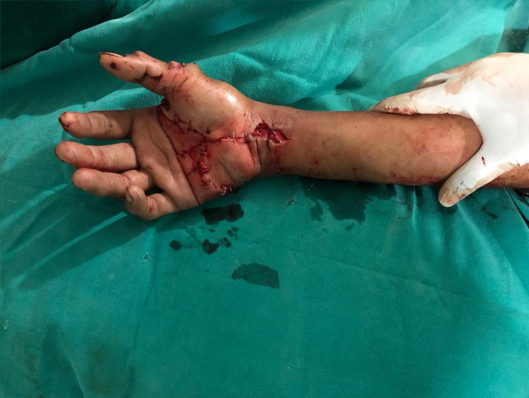Reimplantation
Reimplantation is a remarkable surgical procedure where doctors reattach body parts like limbs or organs that have been accidentally severed or removed due to injury. It’s like putting a puzzle back together, but with real body parts. Surgeons carefully reconnect blood vessels, nerves, and tissues to restore function and help the body heal. This procedure can be life-changing, giving people a chance to regain mobility and independence after a traumatic event. Reimplantation requires skilled surgeons and careful post-operative care, but it offers hope and a second chance at a normal life for those who undergo it.

Reimplantation is reattaching a severed body part or tissue. This could involve fingers, toes, limbs, or even parts of organs like ears or noses. Dr. Kanika Singla is skilled in performing reimplantation surgeries, using precise techniques to reconnect blood vessels, nerves, and tissues to ensure proper healing and function. Reimplantation surgeries are often complex and require meticulous attention to detail, but they can have life-changing outcomes, restoring mobility, sensation, and overall quality of life for patients who have experienced traumatic injuries or accidents. With Dr. Singla’s expertise, patients can regain lost body parts and regain their independence and confidence.
Reimplantation surgery is a complex procedure with potential complications. Despite the remarkable advancements in surgical techniques, there are risks associated with reattaching severed body parts. One significant complication is the possibility of inadequate blood flow to the reattached part, leading to tissue death or necrosis. This can occur due to blood vessel damage or blockages, resulting in decreased oxygen supply to the tissue. Additionally, infections can develop at the surgical site, posing a risk to both the reimplanted part and the patient’s overall health. Nerve damage is another concern, potentially causing sensory or motor deficits in the reattached limb or organ. Moreover, complications such as blood clots, swelling, and wound healing issues may arise, requiring careful monitoring and management post-surgery.
